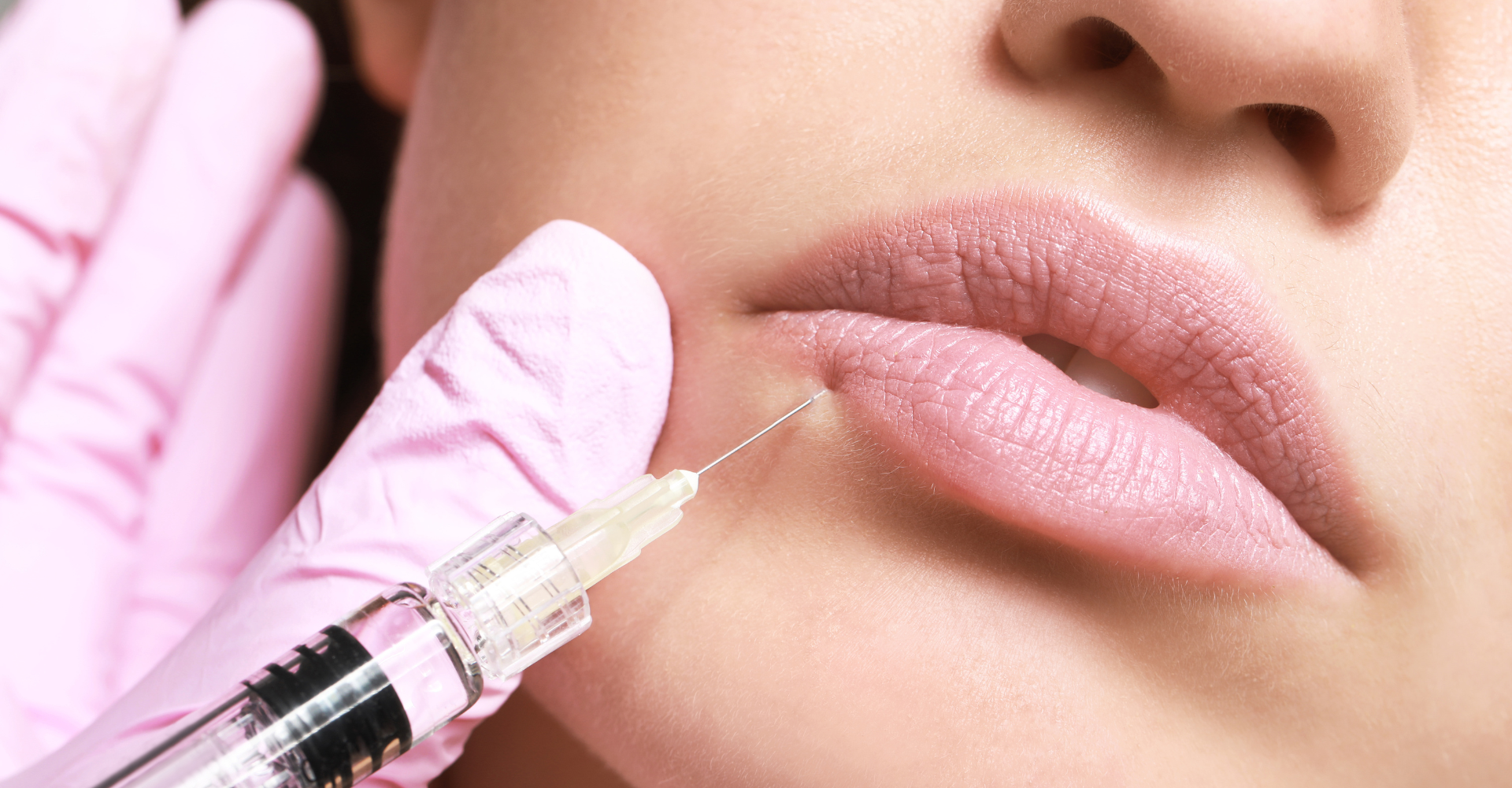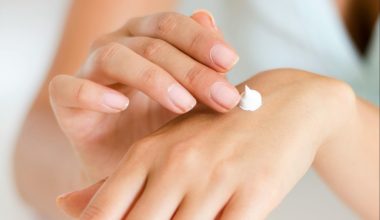Scrolling through social media, it’s hard not to internalize the pursuit of perfection and the youth-obsessed culture that pervades our society. Young, middle aged, old; it appears that few are immune from the desire to do what it takes to achieve Insta-worthy perfection.
A generation ago, people who wanted to keep their youthful appearance had few options other than plastic surgery. Today, if you have the budget and the desire to maintain the smooth, plump features of young adulthood, you have the much more accessible option of injectable dermal fillers.
Injectable dermal fillers are now the most common non-surgical cosmetic procedures worldwide. The insatiable appetite for “tweakements” is anticipated to grow a further 15.4 per cent by 2030.

Fueled by shows such as Love Island, one of the most popular injectables fillers is the lip filler, but injectable fillers can also be used on the face and body to help smooth smile lines and crow’s feet, cheeks, and hands. In fact, fillers have become so popular that they’re now referred to as the “liquid facelift”.
And just as a traditional facelift required the skilled hands of a surgeon, injectable dermal fillers also require the skill and knowledge of licensed doctors, nurses, physicians assistants or dentists who have passed quality training courses before starting to treat their patients.
Types Of Fillers
There are a number of different kinds of fillers and depending on your objective (and budget), your medical professional will recommend one of the following:
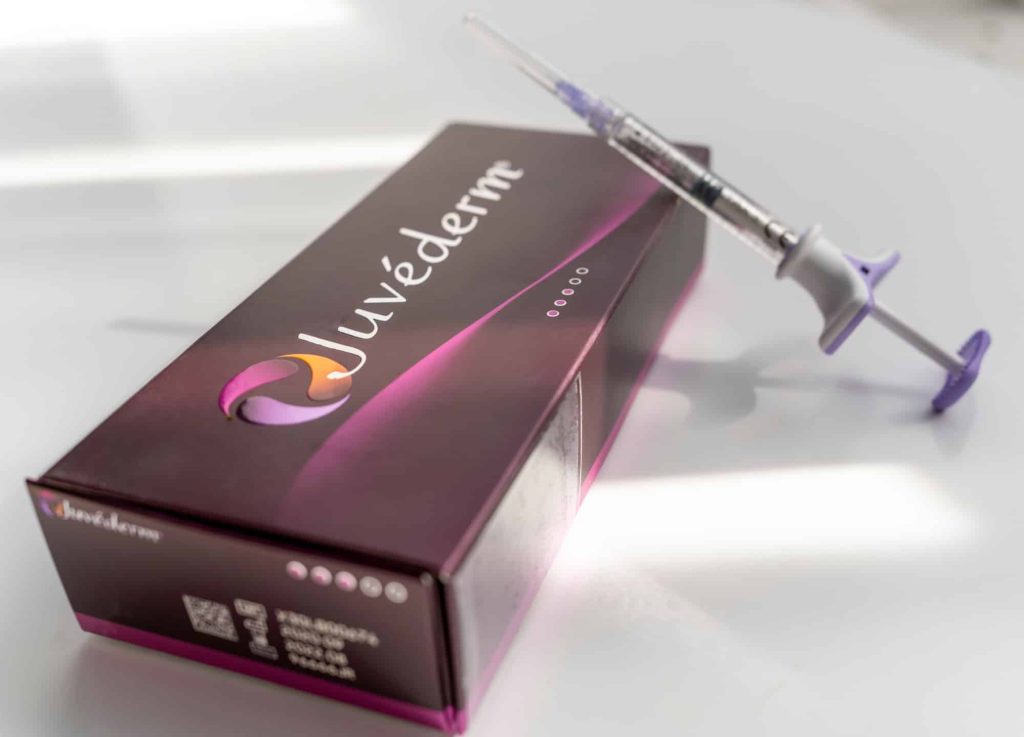
Juvéderme and Restylane® are the most popular among the 30 or so Hyaluronic Acid (HA) injectable fillers approved by Health Canada. HA is the key molecule involved in skin moisture and is the most commonly used type of injectable dermal filler in Canada. HA is a naturally occurring acid (however, with age, your body stops making it) that gives your skin volume and keeps it hydrated. Results from HA injections temporary usually last six months to a year.
Radiesse® is an example of a Calcium Hydroxylapatite (CaHA) filler. CaHA is a temporary, biodegradable injectable filler that is usually used for facial and hand rejuvenation. It’s a sterile, gel-like, latex-free soft tissue filler that is often used to correct moderate to severe wrinkles and folds. Results from these injections typically last around a year.
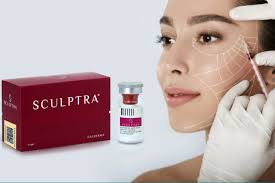
Sculptra® is an injectable filler made from Poly-L-lactic acid (PLLA), an absorbable, semi-permanent filler used to restore volume and stimulate collagen formation. Healthcare providers usually use poly-L-lactic acid for medical reasons or off-label for cosmetic reasons such as smoothing deep wrinkles or folds. The results can last two years or more.
Bellafill® is a semi-permanent injectable filler containing Polymethylmethacrylate ( PMMA). It is often prescribed for severe acne scars on the cheeks or to help correct deep folds and lines. It consists of about 80% collagen and 20% small balls called PMMA microspheres that stay under your skin after injection. A few months after the treatment, the collagen gel breaks down and your body produces its own natural collagen to fill out the space under the skin, giving it volume and keeping it firm.

Botox is also an injectable worthy of consideration for cosmetic purposes, as well as for treatment of migraines, neck spasms, sweating, overactive bladder, lazy eye and other conditions. While it is not technically a filler, it’s a very popular temporary injectable for smoothing wrinkles.
Staying Safe On Your Dermal Filler Journey

If you’re like me and have watched too many episodes of the show Botched, you may already have a sense of how important it is to work with the best healthcare professional you can find on your injectable dermal filler journey.
Resist the temptation to accept a treatment until you have researched the credentials of the professional administering the injections, and are understand the risks of what they are injecting into your body.
Choose a licensed MD, registered nurse or nurse practitioner who can clearly articulate the risks and benefits of dermal fillers. Look for a medical professional who is experienced in injecting fillers, and is knowledgeable about fillers and managing complications associated with dermal fillers. Google their name and make sure you read every patient review published about the practitioner.
Dermal fillers are not cheap, so inevitably, fake fillers are commonly sold online at a lower price but they can be risky for your health and so are better avoided.
Selecting The Best Filler For Your Needs And Cost
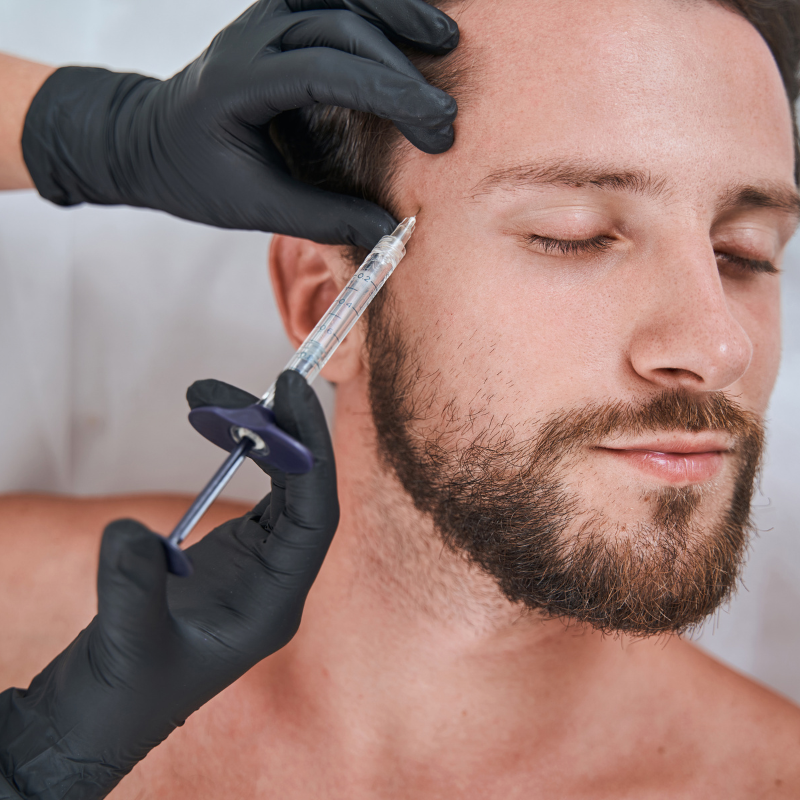
Your healthcare practitioner will recommend and prescribe the best dermal filler for you based upon your needs, objectives, and budget.
Generally, if you want immediate results, hyaluronic fillers may be a better option. If you are looking for longer-lasting results, collagen-stimulating fillers may be more suitable.
Your skin type and age are also important considerations. For example, if you have significant sun damage you may get a better result using a collagen-stimulating filler to give an overall firming and lifting effect.
Another factor to consider is your budget. Collagen-stimulating fillers can be more expensive in the short term than dermal fillers, so it’s important to keep this in mind when making your decision. Dermal fillers are generally priced per syringe. The cost in Canada usually starts at around $500 and up per syringe and varies depending on the filler used, and complexity of the treatment.
Finally, you should consider the recovery time and aftercare required for each type of filler.
For a lot of people, the cost of looking and feeling better is worth it. By approaching dermal fillers with as much knowledge as possible, you can get great care and enjoy your life.
The information provided on TheHealthInsider.ca is for educational purposes only and does not substitute for professional medical advice. TheHealthInsider.ca advises consulting a medical professional or healthcare provider when seeking medical advice, diagnoses, or treatment.

